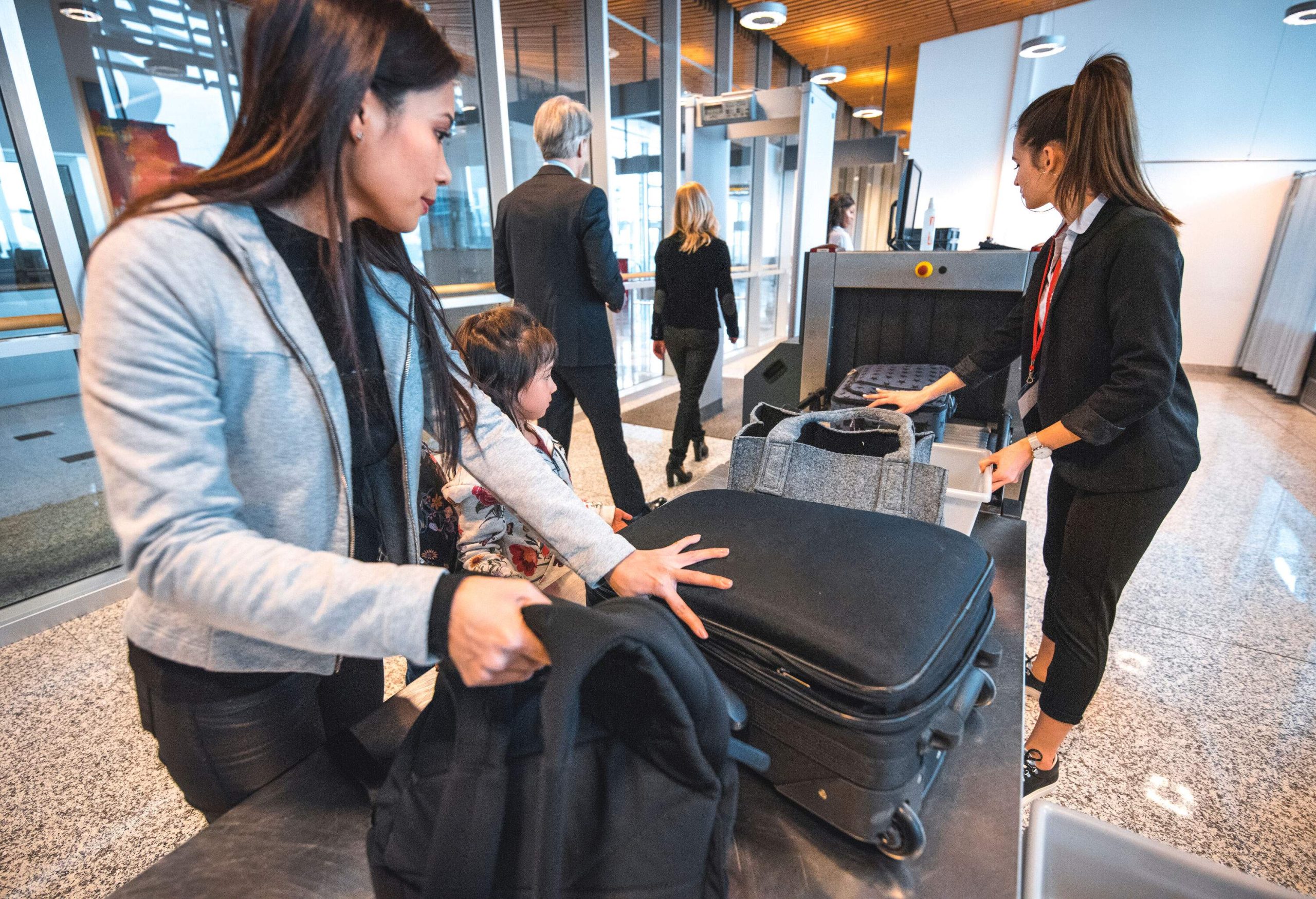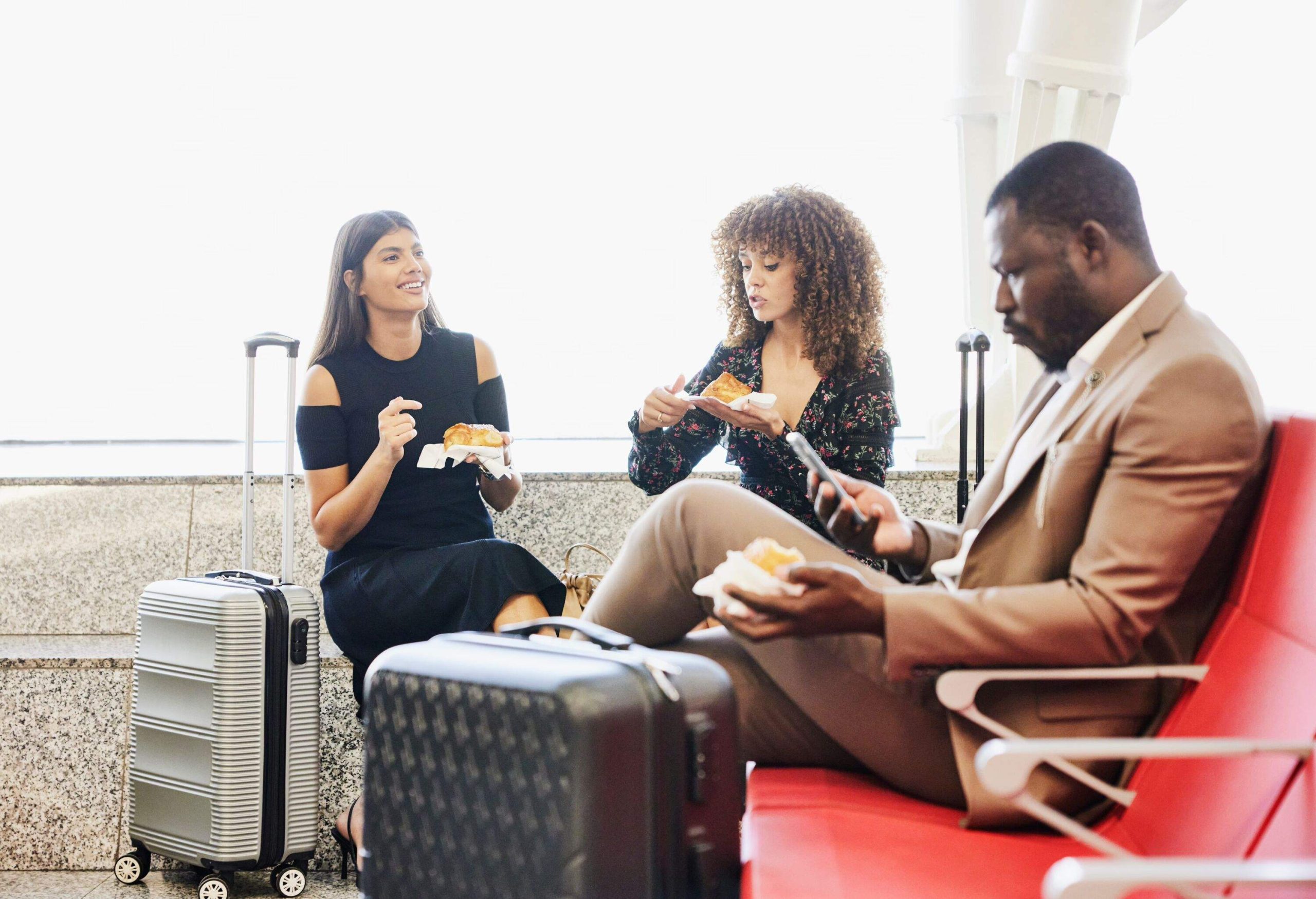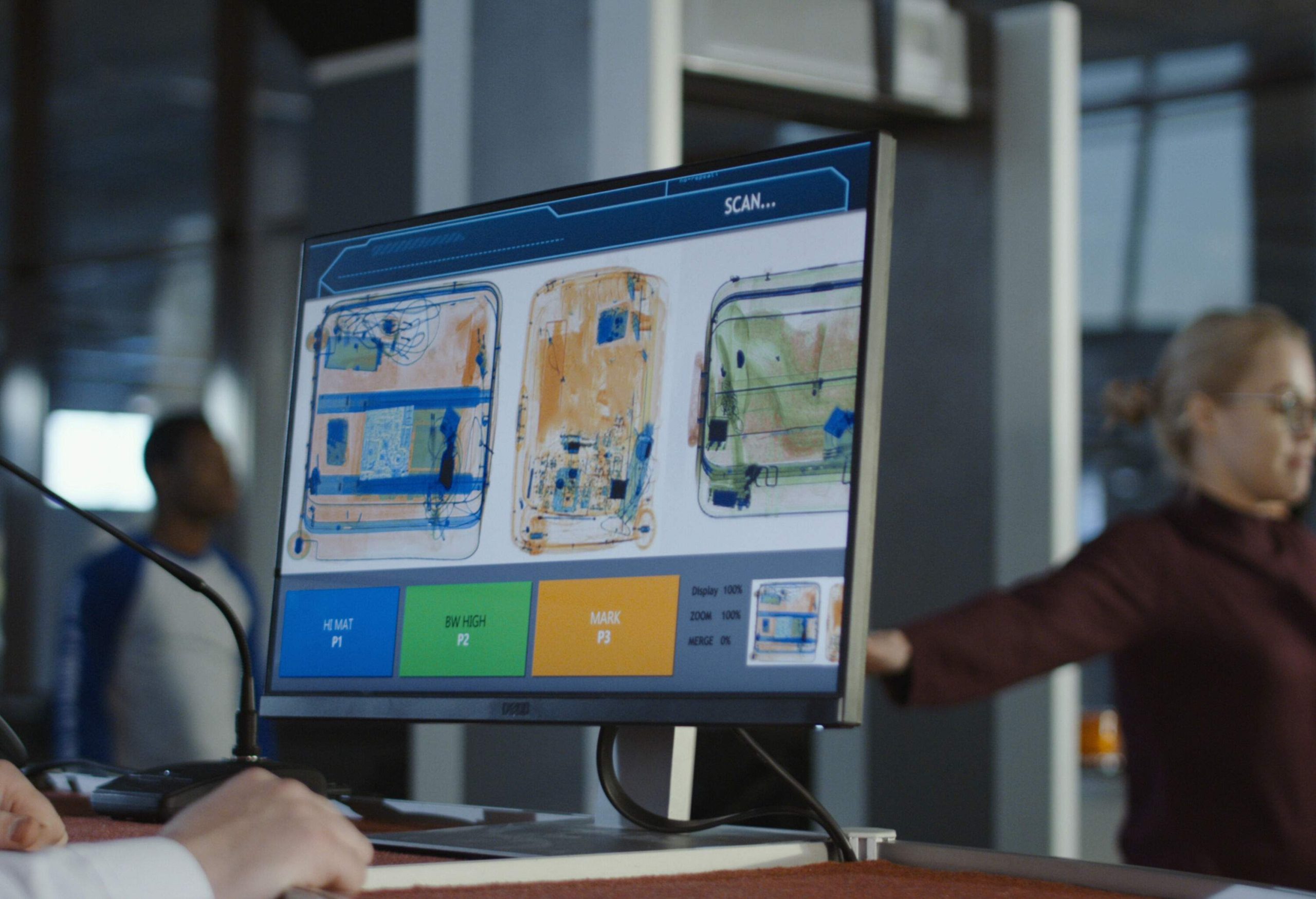You can easily bring food through TSA security screening, as long as you stick to the rules. All you need to do is portion and present your foods for screening properly. I’ve carried everything from snack packs to an entire cake onboard, and you can too.
Understanding TSA regulations for food items

Though many people wonder if food is allowed through TSA checkpoints, there are actually very few restrictions. All foods are allowed in checked luggage, which means TSA is only concerned with your carry-on foods. And even here, they’re only minorly concerned with the food itself.
The true consideration for food is whether it has non-solid components. Solid foods can pass unrestricted, but food with liquid or creamy elements are classed as liquids and will be confiscated if they don’t follow liquid guidelines.
The 3-1-1 rule
The easiest way to ensure your non-solid food is compliant is to follow the 3-1-1 rule for liquids. Any food containing these elements must fit within a professionally labeled 3.4-ounce container (you cannot simply write a 3.4-ounce label yourself — it must come from the manufacturer). What’s more, all of your 3.4-ounce containers must fit within one clear, zip-top bag that is one quart or smaller in volume. Technically, this requirement doesn’t prohibit any specific food from passing through TSA screening. The size limit for those foods with liquid elements may make it not worthwhile to bring some items, but they’re not actually banned.
What food can you bring through TSA?
A better question is what food can you not bring through TSA because, technically, there’s almost nothing you can’t take. Of course, it’s not quite that cut and dry. Size restrictions are often the largest barrier to getting some items onboard, but there’s no specific food that’s outright banned by major airlines in the United States.
Allowed foods
Solid foods of any kind are generally allowed to pass through TSA screening, but remember that any food with a liquid component is subject to the 3-1-1 size restriction. TSA agents are notoriously strict about this and I’ve even had a sandwich confiscated because of dripping juice from tomato slices, but there are three curious exceptions: cake, pie, and pizza are all permitted, despite their potential for non-solid components like frosting, pie filling, and tomato sauce. They simply need to pass through the x-ray machine.
Prohibited food
The only major exception to bringing food on a plane in the United States lies within the islands. Most fruits and vegetables are prohibited when leaving Hawaii, the US Virgin Islands, or Puerto Rico and heading to the mainland. Think of this like international travel, where agricultural products are generally prohibited from entering.
Though these are all United States lands, they are environmentally different enough that it’s important to prevent invasive pests from reaching the mainland. Otherwise, foods on all other flights in the United States are subject only to liquid size regulations, and only if they are not completely solid.
Tips for traveling with food

Traveling with solid foods is as simple as flying with clothing. You can pack as much as you want, and take it in your checked luggage or carry-on in unlimited quantities, as long as you abide by your airline’s general baggage size limits. Once I determine my airline’s carry-on luggage size, I love using KAYAK’s Bag Measuring tool to ensure my bags comply just by using my phone’s camera.
How to pack food items for flying
Fully solid foods in checked luggage have no restrictions from TSA. Your only concerns here are to protect the food from getting crushed and to prevent it from soiling other items in your luggage. A secure, solid container will take care of both. Again, food is allowed unrestricted in carry-on, too, as long as there are no liquid elements. Remember that these include condiments, pastes, or even juices from slicing, mixing, or cooking ingredients.
Avoiding issues at TSA screening

Any food passing through security is subject to additional screening by TSA. This can be anything from a simple visual inspection to more thorough testing. To avoid any delays with compliant food items, present them separately to agents before your items are screened. If you simply leave them in your bag to pass through x-ray screening, you may have to wait for an individual review afterward, and this can cost you serious time as you wait your turn. Finally, familiarize yourself with items that are not allowed in a carry-on in general to help avoid additional issues.
How this guide was created
Flying more than 100 times a year, I spend a lot of time in airports and have streamlined my TSA screening time to under three minutes on average. I’ve had more than my fair share of meals in airports and on planes and, though TSA can always surprise anyone, I’ve become deeply familiar with the best practices for taking nearly any food onboard. I combined years of this experience with KAYAK’s expert tips and advice to prepare this food-flying guide for you.
Get out there
Once you’ve understood the simple rules for taking food through TSA screening, it’s time to get going. KAYAK’s user-friendly flight guide offers comprehensive tips for every element of taking to the skies. Making the most of your luggage space with expert travel packing tips that help you pack a carry-on like a pro means you can take snacks on the plane, wherever you’re headed.
Flying with food FAQs
You can bring cooked or homemade food, including meat, seafood, and vegetables, through TSA screening for carry-on as long as there are no liquid elements. Anything containing a liquid element must fit in a sealed container professionally labeled 3.4 ounces or less.
Food does not have to be sealed in original packaging to pass through TSA if it is fully solid. Solids are not subjected to any limitations of size or packaging. Foods with liquid elements must fit in a sealed container professionally labeled 3.4 ounces or less, but still may be previously opened.
You can bring any solid food through TSA, regardless of type. Remember that condiments are liquid, though, so be sure items like sandwiches are left completely plain or the entire item will likely be confiscated. You can bring small condiment packets to dress up sandwiches and salads once onboard, as long as you pack them with your other liquids.
Baby food containers of 3.4 ounces or less can pass through TSA the same as any other liquid. For containers over 3.4 ounces, baby food, formula, and breast milk can be presented separately to TSA agents for additional screening, and do not need to be contained with other liquids. Still, remember that TSA agents always have the final say on any item.
Frozen foods, including meat, seafood, and vegetables, are allowed through TSA checkpoints. They must remain completely frozen at the time of screening, and all ice packs or other cooling accessories must also be fully frozen at this time. If there is any melting apparent, any or all of these items may be confiscated.
TSA screening is not concerned with your destination and, in most cases, agents do not even know where you’re headed. For the purposes of TSA security screening, the same rules apply for anything in your carry-on, regardless of your final destination. Check your destination’s customs rules if you plan to bring this food beyond the plane, though.
Some favorite routes
Looking for some inspiration of where to go with all this food you’re taking onboard in your carry-on? For some California cool, check out these cheap flights to Los Angeles or, for an even more laidback vibe, these cheap flights to San Diego. For East Coast hustle and bustle, try these flights to New York, or scan some cheap flights to Miami for a flashier scene. If you’re hoping to snack on a long-haul, you can also head to the UK with these cheap flights to London.

